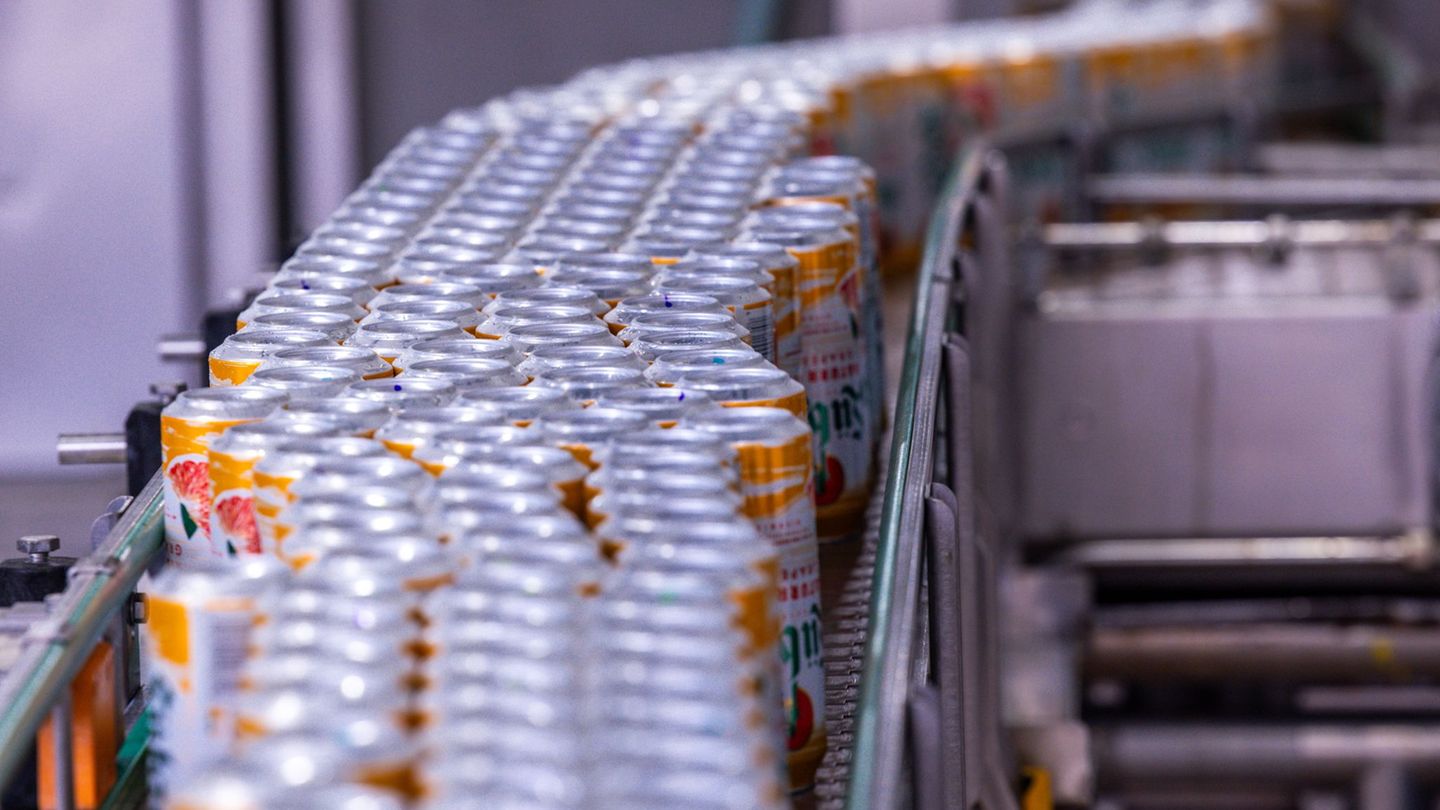An analysis published on Thursday by the Association for Consumer Information (VKI) showed price differences of up to 20 percent on average. Food is rarely cheaper than in Germany. The VKI blames market concentration for this. The four largest chains share 95 percent of the market. At the same time, no other EU country has such a high density of branches.
Depending on the retailer, Austria is on average 15 to 20 percent more expensive than Germany. The VKI found particularly large price differences for dairy products. Natural yogurt in the cheap segment, but also organic, sometimes costs 50 to 70 percent more, regardless of whether it is a discount store or supermarket. Organic butter is 3 percent cheaper in Austria than in Germany, but cheap butter is 17 percent more expensive. A liter of whole milk costs 20 to 30 percent more.
The difference in pasta, for example, is also above average: the entry-level goods sometimes cost 25 percent more in this country than in Germany. In Italy, pasta is on average half the price compared to Austria. However, the VKI was unable to make a general statement about Italy. The market overlap between the Austrian and Italian markets is too small and there are too few comparable products.
Prices collected from 200 items
For the current “Consumer” issue in November, the VKI collected the prices of around 200 items in supermarkets in the Austrian, German and Italian border areas. The consumer advocates compared the prices in the respective product segments on the one hand and with similarly sorted retailers on the other. They compared Lidl Austria with Lidl Germany, Hofer with Aldi Süd, Spar with Globus and Billa+ with Edeka.

VKI sees the reason for the higher prices less in personnel costs, branch density, topography or the organic content, but in the high market concentration in this country. This is inevitably associated with higher prices. The less competition, the higher the price level. Consumer advocates are pushing for more transparency. If retailers reported price data to an independent body, a transparency database and apps could help achieve fairer prices.
According to experts, a high branch density can also represent a so-called market entry barrier and, in this sense, can be a consequence of the high market concentration.
According to hail insurance figures, Austria leads the EU ranking with 60 supermarkets per 100,000 inhabitants. In Germany there are 40 supermarkets per 100,000 inhabitants, in Italy and France only 28.
Supermarkets on the outskirts of town with their parking spaces are also one of the reasons for the high land consumption in Austria. However, the land consumption of the trade not only has consequences for nature, it also drives up costs.
more from economics
Special depreciation weighs on Amag’s results
Cardboard manufacturer Mayr-Melnhof sells Tann Group
AT&S Supervisory Board: Successor found for Hannes Androsch
Europe’s car market under pressure: fewer electric cars
Source: Nachrichten



